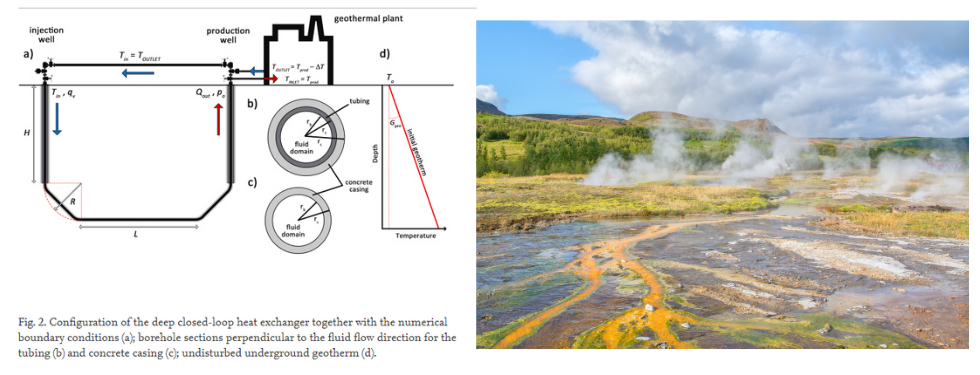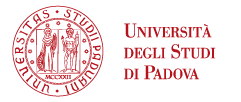Geothermal: a new study shows the potential of the deep closed loop system

The Department of Geosciences of the University of Padova collaborated on a study, led by a team of researchers from the Institute of Geosciences and Georesources of the CNR of Pisa, which quantified the thermal energy extractable from the subsoil to respond to the requests for electricity and heat through Deep Closed-loop Heat Exchanger (DCHE) technology.
The study was recently published in Renewable Energy and the results show good potential, enhanced by the fact that this system can be set up by reusing abandoned wells.
The study focused on “how is possible to use existing exhausted wells, previously devoted to oil and gas extraction and research, converting them into the geothermal possible tool”, explained Eloisa Di Sipio, researcher at the Department of Geosciences of the University of Padova who is among the authors of this article.
“The study shows with models how is possible to connect horizontally two or more deep wells and try to use them to exchange it with the subsoil and with the underground better to obtain power and heat”, Eloisa Di Sipio said.
The research analyzed two case studies and the results of a series of numerical simulations showed that the production of fluids with sufficiently high temperatures and flow rates, indispensable for real applications, is sustainable.
“We have two representative studies: one in the North of Italy, near the city of Padova, and one in the Center of Italy in Lazio and we found that the previous one could be suitable for heating and cooling because the temperature is not so high, while the one in the central part of Italy is quite really potentially good for generating power”, Dr. Di Sipio added.
The study also showed the advantages of a good rotation system, a bit like the practice of crop rotation in agriculture.
“We are really glad to work with our colleagues in Pisa to show the potential of geothermal energy also at local cases to solve the problem of providing energy for everyday use, both for power and for heating generation”, Eloisa Di Sipio concluded.





